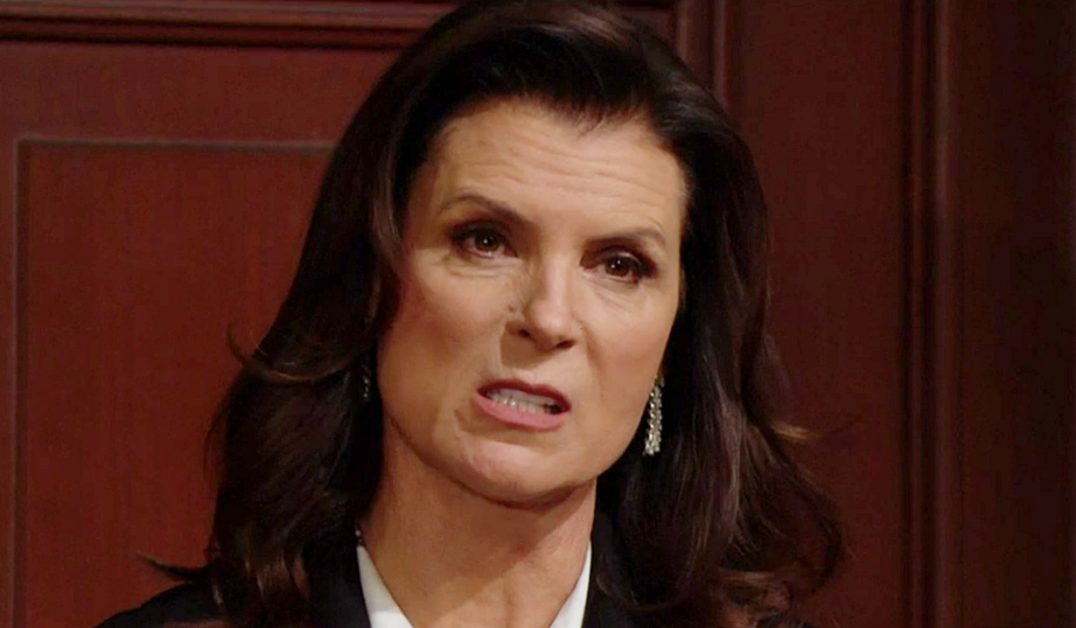The World Economic Forum Warns Of Polycrises
Written by on February 2, 2023
The annual Global Risks Report from the World Economic Forum is a must-read document for business … [+]
There are a handful of insightful reports I look forward to every year. The World Economic Forum’s Global Risks Report is one of them. This year’s report is based on interviews with over 1,200 experts across academia, business, government, the international community and civil society. “’Global risk’” is defined as the possibility of the occurrence of an event or condition which, if it occurs, would negatively impact a significant proportion of global GDP, population or natural resources.
The report lists the leading risks that are currently manifesting themselves. But it also looks at what the most important risks are likely to be in the short term – a horizon of two years, and the long term, over the next ten years.
Current Global Risks
Currently Manifesting Risks Ranked by Severity
Regular readers of the news should not be surprised to see the energy supply crisis, the cost-of-living crisis; and rising inflation as the top three risks. Interestingly, the pundits do not believe that the energy supply crises will last long. It is not listed as a top risk in the short term – two years from now.
Short Term Global Risks
The top ten risks, ranked by severity, over the next two years can be viewed in the figure below.
Global risks ranked by severity over the short term (2 years)
The cost-of-living crisis was broadly perceived to be a short-term risk, that would be at peak severity over the next two years and then would ease off. While the inflation picture has improved, and the chances of a short recession or even a soft landing, have improved, the downside risk of a major recession can’t be ignored.
Meanwhile, the third-largest threat, geoeconomic confrontation was expected to remain largely economic in nature over the short term. By economic, they mean that instead of war they see the rising use of sanctions, tariffs, and investment screening to constrain national rivals.
Long-Term Global Risks
The main thing you notice in comparing short term risks to long term risks, risks that will be apparent in ten years, is the shift toward the top of the list of several environmental risks. In the two-year horizon, “natural disasters and extreme weather events” and “failure to mitigate climate change” are top four environmental risks. In the ten-year horizon, they are joined by “failure of climate-change adaptation” and “biodiversity loss and ecosystem collapse”.
“Failure of climate-change adaptation” is defined as the “failure of governments, businesses, and individuals to enforce, enact or invest in effective climate-change measures to adapt to climate change, such as a lack of climate-resilient infrastructure.” In contrast, the “failure to mitigate climate change” is defined as the “failure of governments, businesses and individuals to enforce, enact or invest in effective climate-change mitigation measures, such as the decarbonization of economic activity.”
Global risks ranked by severity over the long term (10 years)
The Threat of Polycrises
This year’s report introduced the term “polycrises”. A polycrises occurs when concurrent shocks, deeply interconnected risks, and eroding resilience become intertwined. These “disparate crises interact such that the overall impact far exceeds the sum of each part.” The concept of polycrises and interconnected risks also applies to business and supply chain management, not just nation states.
Risk interconnections: the erosion of social cohesion
Risks are certainly interconnected. The report maps how specific risks, like the “erosion of social cohesion”, are linked to other risks.
Conclusion
This report is written to explain risks at the nation state and global level. That is why risks that a businessperson might see – like labor shortages – are not necessarily covered. Nevertheless, business executives certainly should ponder the risks identified in this report.
For businesspeople, it is unfortunate that this report comes out in January. This report is very useful when companies go through their strategic planning process. For most companies, that occurs at the end of the year. Download this report and hang onto it!
watch avatar the way of water full movie
watch avatar the way of water full movie
watch avatar the way of water full movie






